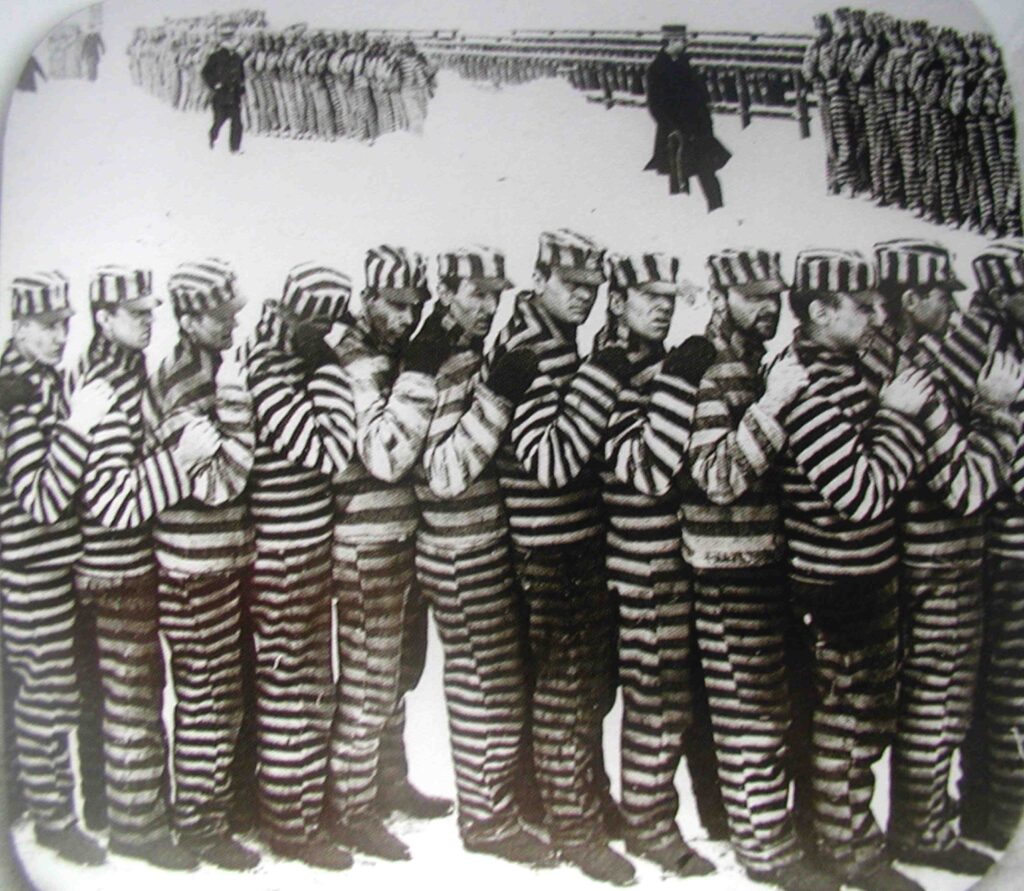Fads and traditions from New Year’s history

By Sandy Vasko
I have been researching New Year’s traditions around the world and have found some mighty strange ones.
In Denmark, for instance, they save up dishes and bowls they no longer want and break them against their neighbor’s front door on New Year’s Day.
In Peru on New Year’s Eve, all the citizens of the village engage in fist fighting with anyone who they have a grievance against. Then they can start the New Year with a clean slate.
In Italy and Spain, the wearing of red underwear is the tradition, but in Spain, they insist the underwear be new.
In South Africa, they throw old furniture out of the window, symbolizing getting rid of old, unwanted problems.
In this country, in the years following the Civil War, a New Year’s tradition began and was followed for a decade or more. It involved innocent turkeys and pigeons, and the accuracy with a rifle that many of the men honed while shooting at other men during the war.
The first year I find evidence of it is 1876 in the Wilmington Advocate: “An old-fashioned turkey shoot was had on the Island, New Year’s Day. On Christmas a pigeon shoot was had on the flats below this city.”
And in 1879 in the Advocate: “Sam Camp and Chris Barnhart came out ahead in a big pigeon shoot on New Year’s at the driving park. There were 9 contestants.”
In a related New Year’s story about birds flying the coop on New Year’s, we read on January 8, 1867, in the Joliet Signal: “The Penitentiary Scare – On New Year’s Day the good people of this city (Joliet) and Lockport were greatly excited over reports of a revolt in the penitentiary. It was reported at Lockport that the prisoners had actually mastered the guards, and a large number of citizens of that town quickly armed themselves and went to the rescue.
“A number also went from this city to render assistance in case any should be needed. It is affirmed that an extensive and well matured plan had been concocted among the prisoners to make a break at a given signal, but the whole plot was frustrated through the vigilance of Mr. Buckmaster and the prison authorities.”
Sixteen years later, we have a tradition at the State Penitentiary, perhaps based on the above incident, of releasing prisoner’s whose sentences were up all together on New Year’s Day. We read in 1883: “Some of the worst jail birds that ever flourished in the west are among the 50 convicts who will have completed their time in the penitentiary and be set at liberty on the new year. One of them who will go free is Reddy, the sneak thief, who is known under a dozen different aliases in St. Louis, Louisville and Memphis. His right name is Chas. T. Mulholland, under which he served a term in the Jefferson City pen in 1870. He is a nervy and successful thief, but is apt to get drunk after making a haul, and in this condition, he falls an easy prey to the minions of justice.
“Sam Morgan, alias Bernard Wilton, will shake the stripes on Christmas day. His weakness was straw bail. He is well known among the crooks of Kentucky, St. Louis, and Cincinnati. Torfel La Fountane will complete his 10 years’ sentence. He is a native of Montreal, a cunning, shrewd, little rascal, who looks like a Mexican … He graduated with high honors from the Chicago Reform School in 1870, since which time he has served his country nobly behind the bars in Buffalo, Chicago and Joliet. “Kitty Hall, a noted panel room worker, well known to the police in more than one large city, will resume fashionable attire. She got into trouble a year ago by fleecing a Kansas City cattleman out of $250.
“Lew Johnson, who completes a third term from Chicago on the 31st, is wanted to respond to an indictment in Kansas City, but he has slipped through too many indictments to be disturbed by a trifling circumstance like that.”
Of course, dances of all kinds were and still are a New Year’s tradition. In 1874, we read this bit in the Joliet Signal, a traditional Democratic newspaper: “The colored people of Joliet started the year of 1874 with a social hop. This was a select affair, none connected with the two Republican papers of the city were allowed admittance, and no pockets were picked in consequence.
“In Wilmington the Fireman’s New Year’s ball was an affair of immense proportions. Some 230 tickets were disposed of and almost a myriad of guests were present. The hall, music, decorations, etc., were of the first water, and 26 quadrille sets at once frequently floated about Empire Hall. The gross receipts for tickets and on subscriptions amounted to a round sum. Many guests from abroad were present and the best of order prevailed during the night. We congratulate the ‘America, No. 1,’ boys on their great social and financial success.”
Not satisfied with showing off on New Year’s Eve, on New Year’s Day the fire department was once again on display: “On New Year’s the engine and hook and ladder companies, neatly uniformed, paraded our principal streets, preceded by the cornet band. The boys made a fine appearance; their “masheen” is said to be in perfect order and ready for action at a moment’s warning.”
Whatever your New Year’s traditions are, I wish you, gentle readers, a new year of health, good friends and more than your share of happy times.
Sandy Vasko is Director of the Will County Historical Museum & Research Center and President of the Will County Historical Society.
